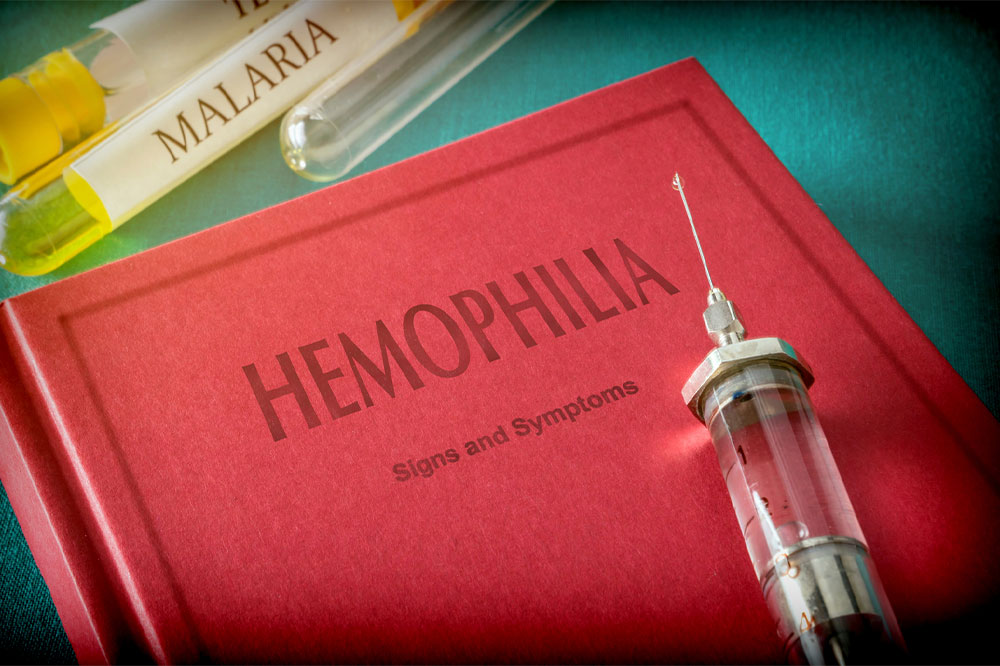Precautions to take while traveling with hemophilia A

Hemophilia is a rare genetic bleeding disorder that affects only a fraction of people in the country. according to the Centre for Disease Control, roughly 12 out of every 100,000 males are diagnosed with hemophilia A. The bleeding is the result of a missing factor VIII protein that is responsible for the blood’s clotting function. This inherited disorder is a serious to manage and one must take the following precautions, especially while traveling with hemophilia A.
Consult with the specialist
Always first consult with the doctor to understand if traveling with hemophilia A is possible in the first place. One should reconsider if the bleeding symptoms are severe. There are some vaccinations for hepatitis A and B that are advisable for patients to take before making travel plans. Doctors will also provide a travel letter that explains the disorder for security purposes. Only then, airport officials can allow prescriptions and care package supplies on board with the passenger.
Prepare a precautionary kit
Understand that airline baggage restrictions are not applicable for doctor approved prescriptions and emergency supplies. So, it is possible for patients to pack everything conveniently into a carry-on bag. However, it is the patient’s responsibility to label and mark all supplies as there are certain prescriptions or equipment that cannot be exposed to X-ray scanning at the airport. Also, travel delays can happen so pack enough to ride out any contingencies.
Checklist for supplies
The regular checklist should include vials of the prescription, a diluent for preparing thin solutions, and a reconstitution device for mixing the factor VIII solution. Other things include disposable syringes, cleaning alcohol, cotton pads, disinfectant, and a container to dispose all supplies carefully. Doctors may also recommend additional supplies that need to be packed with the emergency kit. The checklist should also contain a list of hemophilia treatment centers (HTC) along the planned route. National and global HTC directories are available online for reference.
Medical information
It is advisable for patients to carry all necessary emergency contact information while traveling with hemophilia A. Doctors also suggest wearing a medical ID bracelet that alerts medical professionals about the condition. This is quite handy in cases where the patient is unable to explain what’s wrong or lose consciousness.
Check insurance
Always carry updated information for travel and medical insurance. Hospitals can be expensive in foreign countries so double to check to see if preexisting conditions like hemophilia A are covered under the policy.
https://www.cdc.gov/ncbddd/hemophilia/travel-safe.html
https://www.cvsspecialty.com/resource-center/hemophilia/tips-for-traveling-with-hemophilia.html
https://www.nufactor.com/patients/resources/factor/articles/ar-traveling-with-hemophilia.html
https://www.hemophilia.org/bleeding-disorders-a-z/types/hemophilia-a